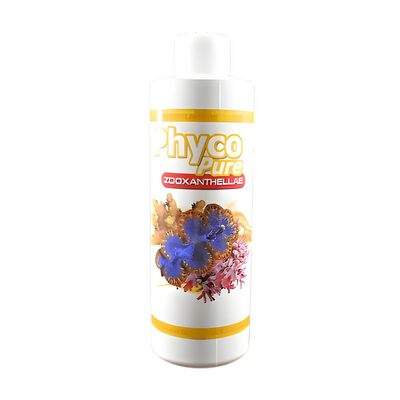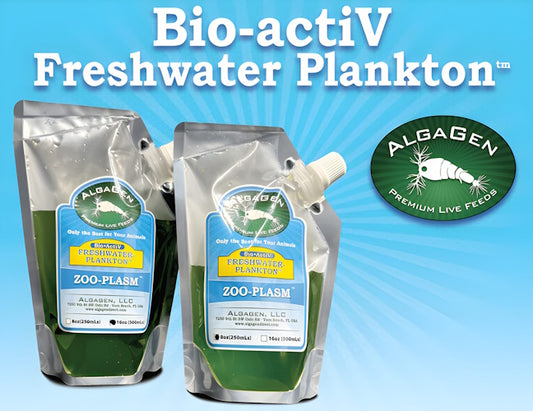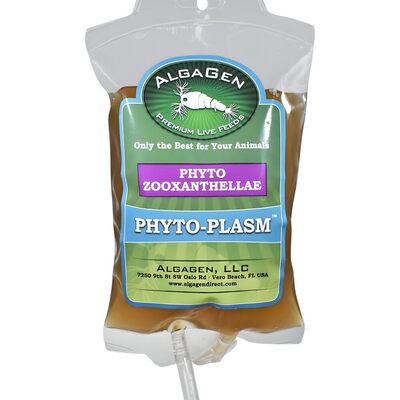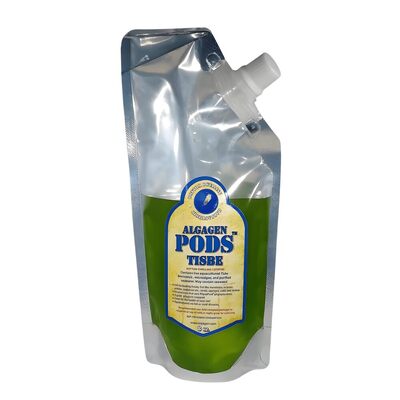Ever wondered what keeps your aquarium water clear, your fish healthy, and your plants thriving? The answer lies in the invisible world of microorganisms. These tiny life forms—bacteria, microalgae, protozoa, and more—are the unsung heroes of every balanced aquarium. Whether you’re a beginner or a seasoned aquarist, understanding the role of microorganisms will help you create a more stable, self-sustaining tank with less effort and fewer problems.
What Are Microorganisms in Aquariums?
Microorganisms are microscopic life forms that include bacteria, archaea, microalgae, protozoa, fungi, and even tiny crustaceans like copepods. In a healthy aquarium, these organisms work together to break down waste, cycle nutrients, prevent disease, and support the entire food web. Without them, even the most high-tech filtration system would struggle to keep your tank balanced.
Key Roles of Microorganisms in Your Tank
- Nutrient Cycling: Beneficial bacteria convert toxic ammonia (from fish waste and uneaten food) into nitrite, then into less harmful nitrate—a process known as the nitrogen cycle. Other microbes help break down organic matter and recycle nutrients, keeping water parameters stable.
- Waste Breakdown: Heterotrophic bacteria and protozoa decompose uneaten food, fish waste, and plant debris, reducing the risk of harmful spikes in ammonia or nitrite.
- Algae Control: Microalgae and certain bacteria outcompete nuisance algae for nutrients, helping to keep your tank clean and your plants healthy.
- Supporting the Food Web: Microorganisms like copepods and rotifers serve as live food for fish fry, corals, and invertebrates, fueling growth and natural behaviors.
- Disease Prevention: A diverse microbial community helps outcompete pathogens, reducing the risk of disease outbreaks and supporting fish immune health.
Types of Beneficial Microorganisms
- Nitrifying Bacteria: Key players in the nitrogen cycle (e.g., Nitrosomonas and Nitrobacter species).
- Denitrifying Bacteria: Convert nitrate into harmless nitrogen gas, especially in deep substrate or live rock.
- Microalgae: Photosynthetic organisms that absorb excess nutrients and produce oxygen. Products like PhycoPure™ Green Water can help seed and maintain healthy microalgae populations.
- Copepods and Rotifers: Tiny crustaceans that graze on detritus, microalgae, and bacteria, supporting a natural food web. Consider AlgaGenPods™ Tisbe for marine tanks.
- Protozoa and Fungi: Help break down organic matter and maintain water clarity.
How to Support a Healthy Microbial Community
- Avoid Overcleaning: Excessive gravel vacuuming or filter cleaning can remove beneficial microbes. Clean gently and alternate filter media rinses.
- Cycle Your Tank Properly: Allow time for bacteria to establish before adding a full fish load. Use bottled bacteria or starter cultures if needed.
- Add Microbial Supplements: Products like PhycoPure™ Reef Blend introduce beneficial microalgae and support a diverse micro-ecosystem.
- Feed Live Foods: Introducing copepods, rotifers, or phytoplankton supports both the food web and microbial diversity.
- Maintain Stable Water Parameters: Sudden changes in temperature, pH, or salinity can harm microbial populations. Test and adjust slowly.
Quick Comparison Table: Microorganisms and Their Benefits
| Microorganism | Main Role | How to Support |
|---|---|---|
| Nitrifying Bacteria | Converts ammonia/nitrite | Cycle tank, avoid overcleaning |
| Microalgae | Absorbs nutrients, produces oxygen | Dose PhycoPure™ Green Water |
| Copepods/Rotifers | Live food, detritus cleanup | Add AlgaGenPods™ Tisbe |
| Protozoa/Fungi | Break down organics | Maintain stable water, avoid meds |
FAQs: Microorganisms in Aquariums
Q: Do I need to add bacteria to my aquarium?
A: Most tanks will develop beneficial bacteria naturally, but adding bottled bacteria or starter cultures can speed up cycling and recovery after disruptions.
Q: Can I see microorganisms in my tank?
A: Most are invisible to the naked eye, but you may spot copepods, rotifers, or microalgae as tiny specks or movement on glass and rocks.
Q: Will microalgae cause green water?
A: In moderation, microalgae are beneficial. Overdosing or excess nutrients can cause blooms; dose live phytoplankton like PhycoPure™ Green Water carefully and monitor water clarity.
Pro Tips for Beginners and Advanced Aquarists
- Seed new tanks with a handful of substrate or filter media from an established aquarium to jumpstart microbial diversity.
- Use live foods and microalgae blends to support both the food web and beneficial bacteria.
- For marine tanks, supplement with copepods like AlgaGenPods™ Tisbe to boost biodiversity and natural grazing.
- Test water regularly and make gradual adjustments to protect sensitive microbial populations.
“A thriving aquarium starts with a thriving microbial community. Support your tank’s invisible workers, and everything else will flourish.”
Further Reading & Product Spotlight
For more on building a balanced aquarium ecosystem, see Copepods and Amphipods: A Complete Care Guide and Top 5 Live Feeds for Thriving Reef Tank Ecosystems.
Conclusion
Microorganisms are the foundation of every successful aquarium. By understanding their roles and supporting their growth with smart practices and quality products, you’ll enjoy a cleaner, healthier, and more resilient tank—naturally.





Recent post